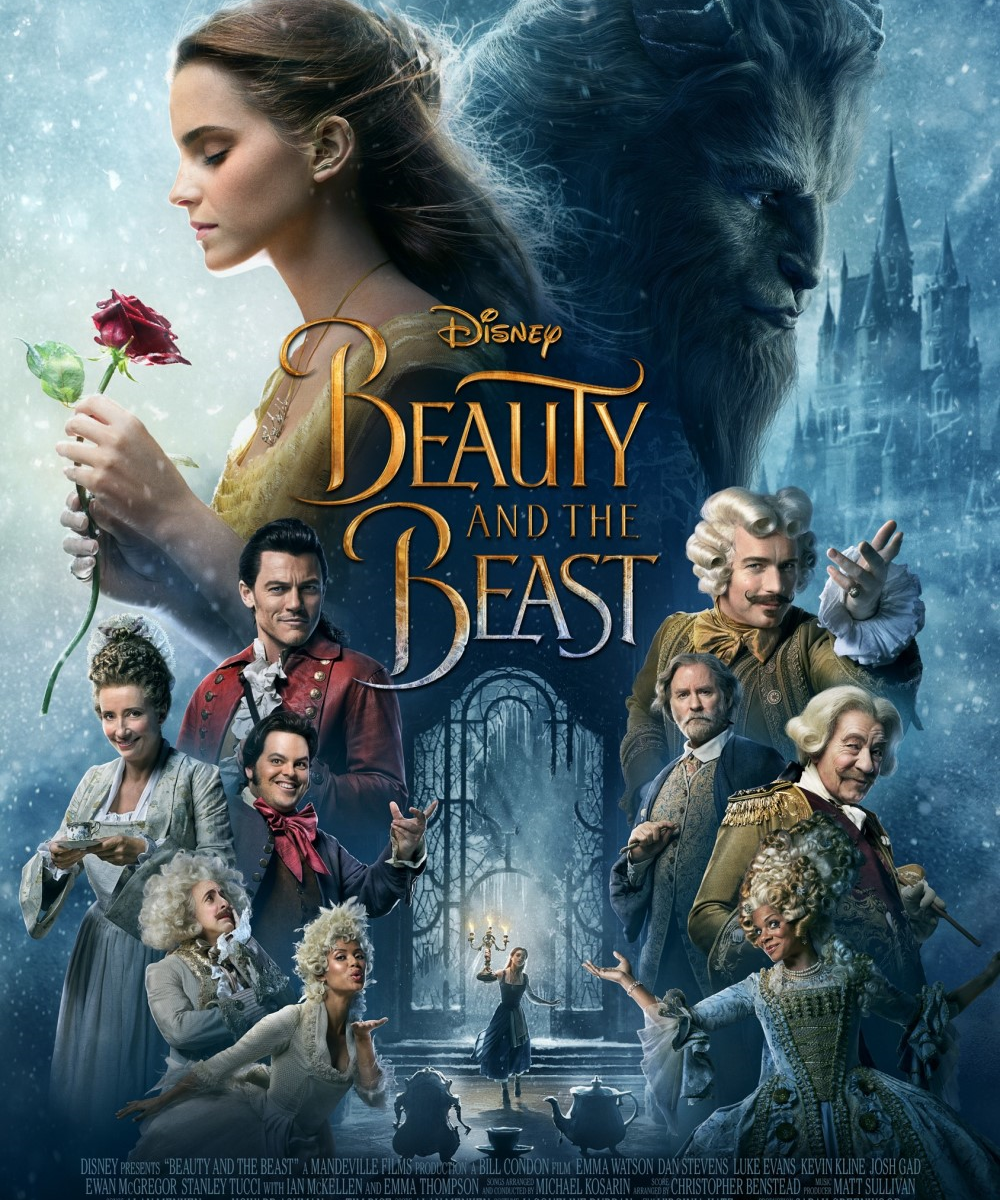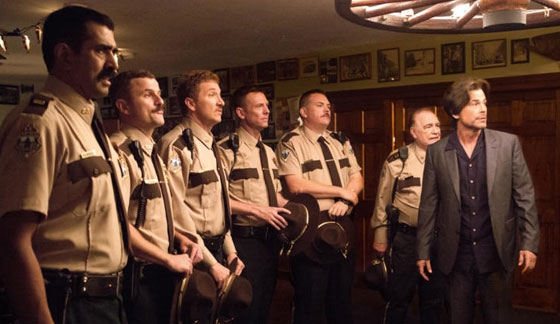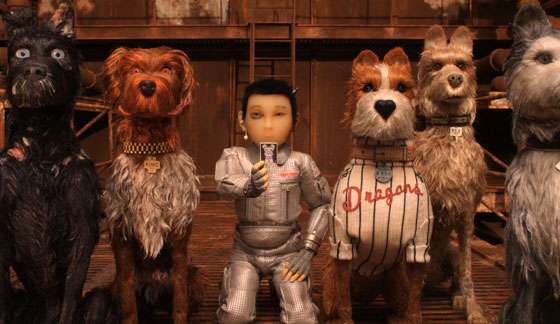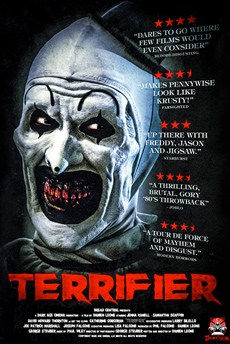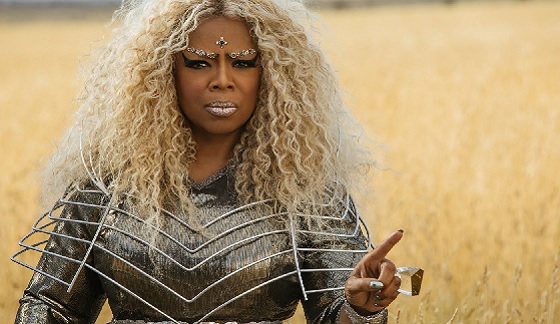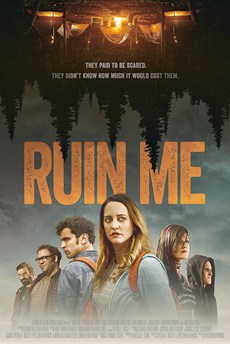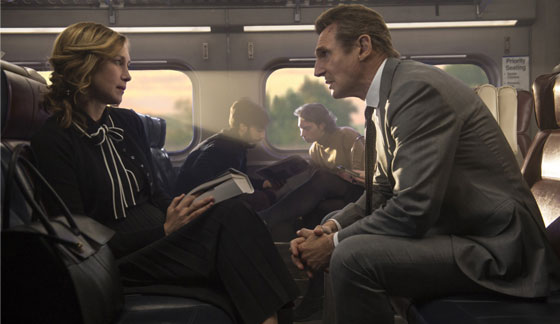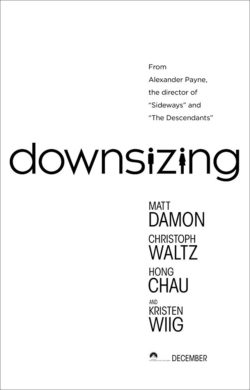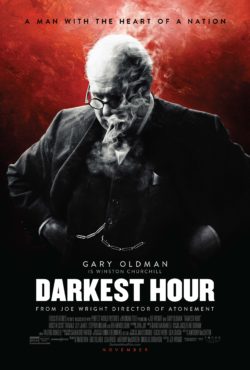Starring: Jay Chandrasekhar, Kevin Heffernan, Steve Lemme, Paul Soter and Erik Stolhanske
Directed By: Jay Chandrasekhar
Rated: R
Running Time: 100 minutes
Fox Searchlight Pictures
Sometimes you shouldn’t give the fans what they want. But the Broken Lizard comedy troupe put themselves in no-win situation by teasing for years and years that they were working on a “Super Troopers” sequel. It became a reality for thousands when they started an Indiegogo fundraising campaign. By the end, they had doubled their original crowdfunding target goal. Now that the sequel has arrived, some of those 54,609 backers might keep their wallets in their pocket next time Broken Lizard comes around.
“Super Troopers 2” isn’t a complete misfire, nor is it devoid of joy or humor. So in some regards, it’s the best case scenario for a comedy sequel that comes 17 years after its predecessors and nearly a decade after the last Broken Lizard film. The way the crew gets into this film’s main plot is a bit odd and unnecessarily lengthy. When we last saw the former Vermont state troopers, Thorny (Chandrasekhar), Foster (Soter), Mac (Lemme), Rabbit (Stolhanske) and Farva (Heffernan), they had quickly shifted into their new roles as immature local police officers. This film begins with the exposition that they’ve been fired and relegated to mediocrity as lumberjacks or home construction workers.
But a new opportunity arises when a border dispute between the U.S. and Canada reveals that Vermont’s border actually stretches farther North, encompasses a small Canadian town. So the five disgraced troopers are brought in by their former Captain, John O’Hagen (Brian Cox), to set up a new patrol station and make sure the town transition is smooth. It’s a complicated and unnecessary set-up, only meant as vessel for cheap Canadian jokes, north of the border sight gags and some bad accents.
As I said, the movie isn’t completely devoid of chuckles. I was pleased to see that the film didn’t pull an “Airplane II: The Sequel” and simply rehash every quotable joke from the first film. They can’t help but regurgitate some of the more memorable jokes, like them saying “meow” and Farva’s “liter of Cola” bit, but they’re so minuscule compared to the deluge of jokes this film throws at you. You’re likely to forget how the writers were along the way. But because the jokes are so relentless, when the film does pump the brakes a little, a lot of the film’s weaker elements blossom.
The first film felt like a cast of goofballs carrying out their wildest pranks in a reality where law and order is still a thing. This film seems to live in an alternate universe where common sense and international law doesn’t exist, as if it’s a fan-made film. There are certain elements that feel more like Indiegogo requests rather than natural comedic beats for these characters. The original also had a semi-realistic plot with a passable villain while this one feels cartoonish and intentionally over-the-top. Within that 17 year timespan, the Broken Lizard game may have lost touch of what made their characters originally loveable to more than just the stoner crowd.
A good comedy sequel isn’t impossible to make. In some regards, it can be better by embracing what works best and improving upon the film’s previous faults. But because “Super Troopers” is inherently a cult classic, it could never really live up to that status. The sequel feels more like “Anchorman 2” or “Ghostbusters 2.” While “Super Troopers 2” may scratch that itch fans have been feeling for over a decade and a half, that itch won’t go away because of how unfulfilling this film is when compared to the original. Even if you enjoy yourself, you won’t be quoting this film 17 years from now or asking for “Super Troopers 3.”
